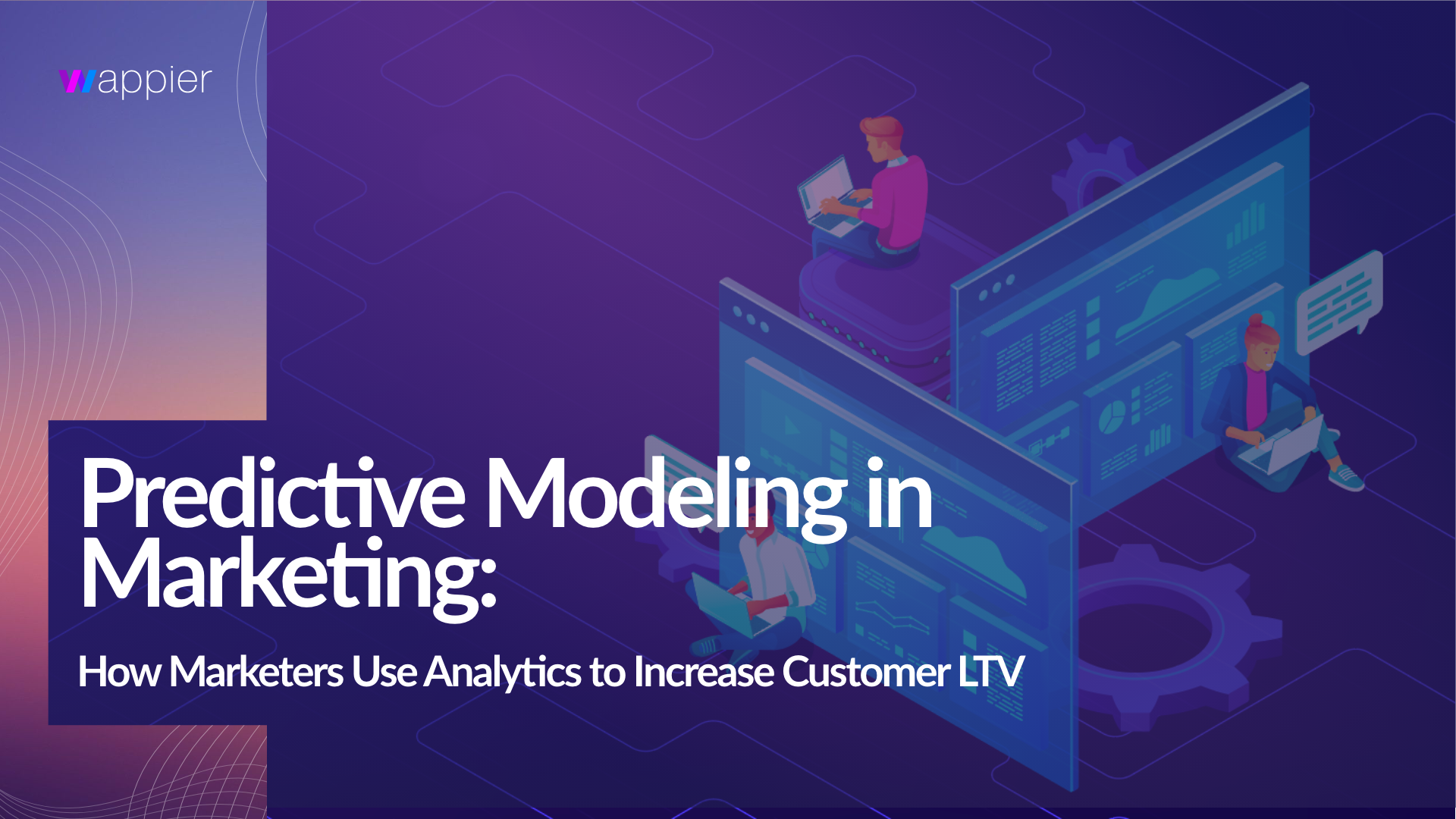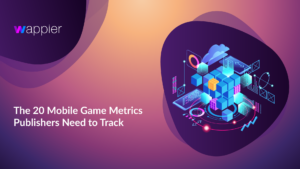Marketing is a game of calculated investment. Every time a brand offers a product to potential customers, the aim is to maximize the return on the cost spent for an audience’s time and attention. The advent of data-driven marketing has allowed many marketers to adopt techniques that grant them greater insight into how their investments will play out. In recent years, tools developed at the intersection of big data and martech are letting marketers get even more precise, opening the door to full-fledged predictive modeling in marketing.
So how can modern marketers take advantage of these capabilities? Let’s take a closer look at the principles of predictive modeling and how its lessons apply in a contemporary marketing context.
Jump to a section…
What is the Role of Predictive Modeling in Marketing?
What is the Role of Predictive Modeling in Marketing?
In marketing, predictive modeling is a useful tool for projecting likely customer behaviors. Data scientists use it to detect the odds of a particular event occurring — the more insight one has into the variables influencing an event, the more precisely they can predict the end result. Depending on the quality and amount of available data, these results can be precise and highly personalized. For example, marketers might predict how a particular demographic will react to ad creative, or calculate the price point most likely to convince users to make an in-app purchase.
On a broader scale, predictive modeling can estimate conversions, churn rates, ROI, and more. That makes it a powerful resource for everything from customer relationship management to implementing promotions.
Predictive Analytics vs Predictive Modeling
The terms “predictive modeling” and “predictive analytics” are often used interchangeably, but in marketing they refer to slightly different techniques.
Both analytics and modeling define unknown events by identifying patterns in data. Predictive modeling, however, assumes this pattern will remain constant as individual variables change. This distinction lets analysts create a reusable model or algorithm that predicts similar effects in other data sets. For example, if product sales consistently increase when prices decrease, marketers can use a regressive model to predict how many customers will convert or how much revenue they will produce.
Creating a Predictive Model
Not all marketers are data scientists who manually plan out models. Many turn to predictive marketing companies or software tools that automate the process to produce human-readable charts and outputs. Nevertheless, it’s valuable to know how modeling works on a basic level.
Analysts use two types of predictive models:
- Parametric: Parametric models take a fixed set of parameters and translate them into a nominal distribution field — or bell curve — of likely outcomes. Analysts build certain assumptions into these parameters, such as spending habits of a particular demographic, that characterize the distribution. Parametric models are most effective when dealing with consistent or well-understood data variables, such as frequent purchases.
- Non-parametric: Non-parametric models are either distribution-free or rely on flexible, unspecified variables. Analysts use this format when they cannot make assumptions about the data or wish to include additional variables. Non-parametric models are best-suited for finding patterns across infrequent, inconsistent, or random datasets.
Use Cases for Predictive Modeling in Marketing
Some commercial enterprises approach predictive modeling as a sales tool, but it has a much broader range of applications — particularly when it comes to marketing and customer success. These departments work with user data to acquire and retain customers and generate models that meet any number of use cases. Here are a few common examples.
- LTV: A customer’s lifetime value (LTV) estimates their total monetary value to the company over the course of a business relationship. Predictive models can take account of age, demographic information, spending habits, and other variables to calculate the average LTV.
- Cross-selling and upselling: Some customers are interested in a single purchase at a time. Others may be interested in related items or in upgrading a specific product or service. Predictive models can account for these outcomes so marketers can engage customers more effectively based on their position in the funnel.
- Churn likelihood: Churn is a part of life for any business — some prospects will change their minds instead of closing a deal, and some regular customers may choose to leave for the competition. Predictive models can predict churn rates based on current sales trends so marketers can take action to prevent it.
wappier and Predictive Analytics
Your ideal marketing predictive modeling solution is within reach. The wappier platform supports a range of analytical tools to help marketers optimize their on-chain or off-chain apps, economies, and markets.
Our AI-powered tech can predict price sensitivities, dynamically target audiences, and serve each individual with the optimal offer, copy, tone of voice and background image at the optimal moment.
If you’d like to find out more about wappier’s predictive modeling solutions, reach out today. We’d love to hear from you.






